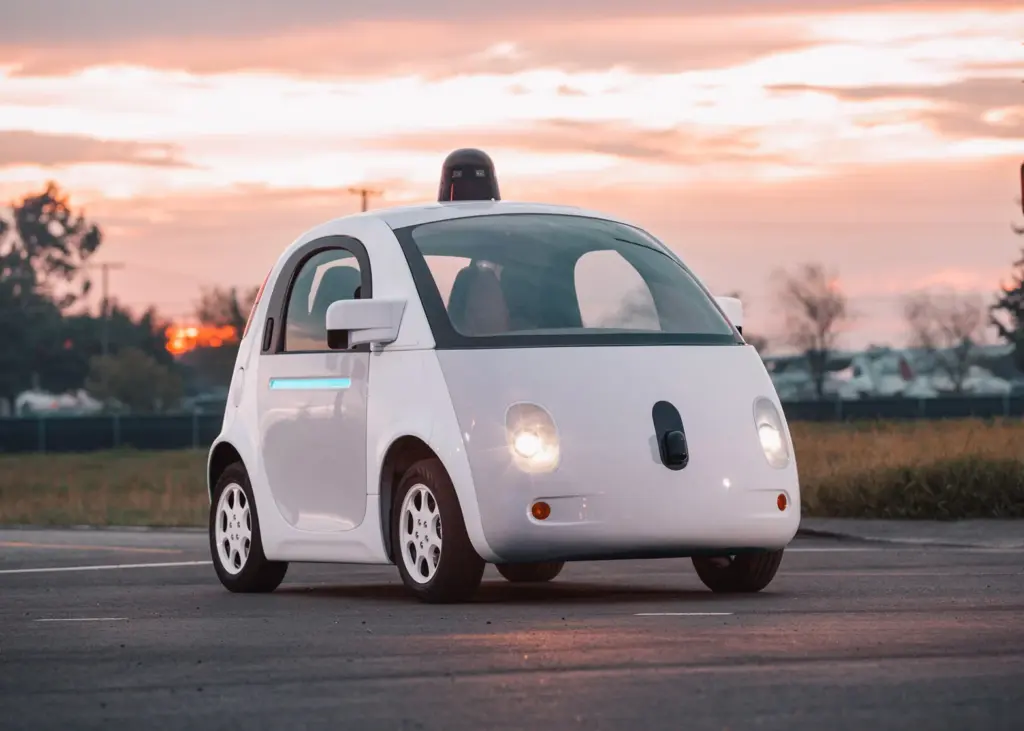How, with the help of AI, can we as leaders and team managers ensure our virtual teams stay not just productive—but connected, motivated, and resilient?
Let me spotlight a powerful real-world example of how AI—yes, artificial intelligence—is helping achieve exactly that. Let’s explore how BetterUp’s AI coaching tool is transforming virtual collaboration, enhancing employee confidence, and driving measurable business impact.
The Challenge with Virtual Teams
Virtual teams bring immense flexibility and access to global talent. But they also come with specific challenges: lack of face-to-face connection, communication gaps, and reduced engagement.
According to a Gallup study, only 32% of remote employees feel engaged at work. That leaves a lot of room for improvement—and that’s where AI coaching can help.
BetterUp’s AI Coaching: A Game Changer
BetterUp launched BetterUp Grow, an AI-powered coaching tool designed to provide personalized, on-demand support tailored to each employee’s role, behavior, and team dynamics.
The results? Impressive:
- 95% user satisfaction
- 16% increase in workplace confidence
- 23% faster goal completion rates
- Up to 20% increase in productivity across key departments
❝ I was skeptical at first. But after six weeks, our remote leadership team reported greater clarity in decision-making and more cohesion. We’re seeing faster execution and fewer communication breakdowns. AI coaching works—period.
Marcus, HR executive at a Fortune 500 hospitality company
What Makes AI Coaching Effective?
Unlike generic e-learning modules or one-size-fits-all training, BetterUp Grow adapts in real time. It delivers micro-coaching that fits into daily routines and nudges employees toward behaviors aligned with their goals and the team’s objectives. It is embedded in Microsoft Teams and Slack for real time effective and contextual micro-coaching .
Here’s why it works:
Personalized – AI coaching adapts to each individual’s style, role, and aspirations. It recognizes how you best learn, what motivates you, and aligns the coaching journey to your personal growth and leadership goals.
Contextualized – It doesn’t operate in a vacuum. The tool is aware of the company’s strategy, goals, and—most importantly—its values. This ensures coaching is relevant not only for the individual but also for the larger mission of the organization.
Continuous Improvement – AI coaching is iterative and adaptive. Every interaction feeds into a cycle of learning, ensuring that progress is measurable and sustainable. It encourages reflection, reinforces positive habits, and helps individuals and teams grow stronger over time.
Tested in over 4 million coaching conversations, these principles translate into fewer hours wasted on miscommunication and more momentum toward meaningful progress.

Implications for Leaders
As someone who teaches and speaks about AI-powered leadership, this is exactly the kind of use case that shows the potential of AI as a human capability multiplier—not a replacement.
AI coaching isn’t just for tech companies. It’s for any forward-thinking leader who wants to:
- Drive performance
- Build emotionally intelligent teams
- Strengthen the human side of virtual collaboration
And the best part? It scales. Whether you’re leading a team of 5 or 500, AI tools like BetterUp Grow offer consistent, data-driven support tailored to each individual
The Way Forward
We’re not just managing virtual teams anymore—we’re empowering them with AI. If you’re curious how to apply these insights to your own leadership practice, let’s connect. I regularly speak on the intersection of AI and leadership, and I’d be happy to share more use cases and tools that can support your journey.
Let’s shape the future—together.









 DeepSeek is changing the game not just through advanced mathematical algorithms and specialized models but also with extremely low hardware requirements—training their AI model costs only 5% of what GPT-4 does, Ivanov noted. He added that Beijing now actively supports its tech companies after previous crackdowns on firms like Alibaba.
DeepSeek is changing the game not just through advanced mathematical algorithms and specialized models but also with extremely low hardware requirements—training their AI model costs only 5% of what GPT-4 does, Ivanov noted. He added that Beijing now actively supports its tech companies after previous crackdowns on firms like Alibaba.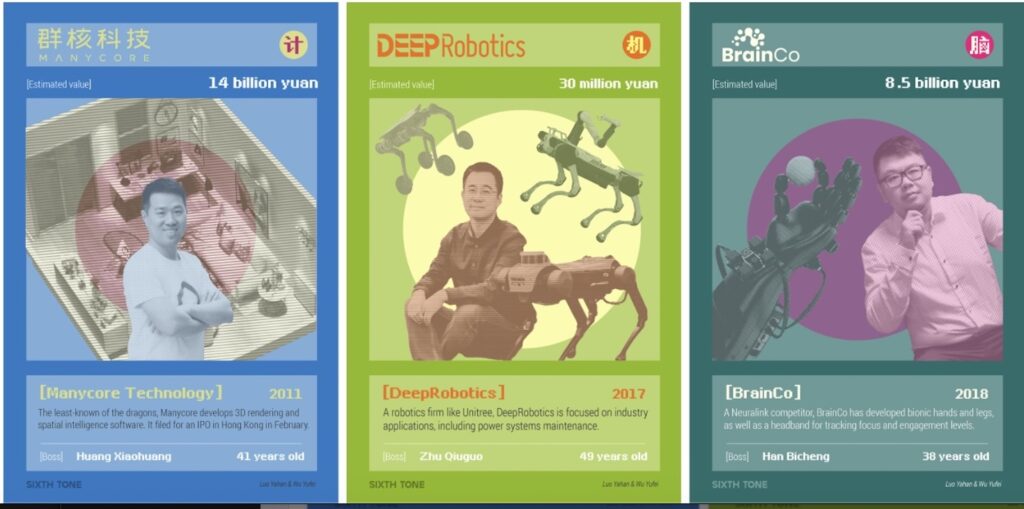 AI learns from us—our questions, reactions, and tone in the digital space. “We are all responsible for what this superintelligence becomes,” Ivanov said. He believes there will be a need for international regulation based on partnerships and shared ethical standards.
AI learns from us—our questions, reactions, and tone in the digital space. “We are all responsible for what this superintelligence becomes,” Ivanov said. He believes there will be a need for international regulation based on partnerships and shared ethical standards. Ready to Lead in the Age of AI?
Ready to Lead in the Age of AI?
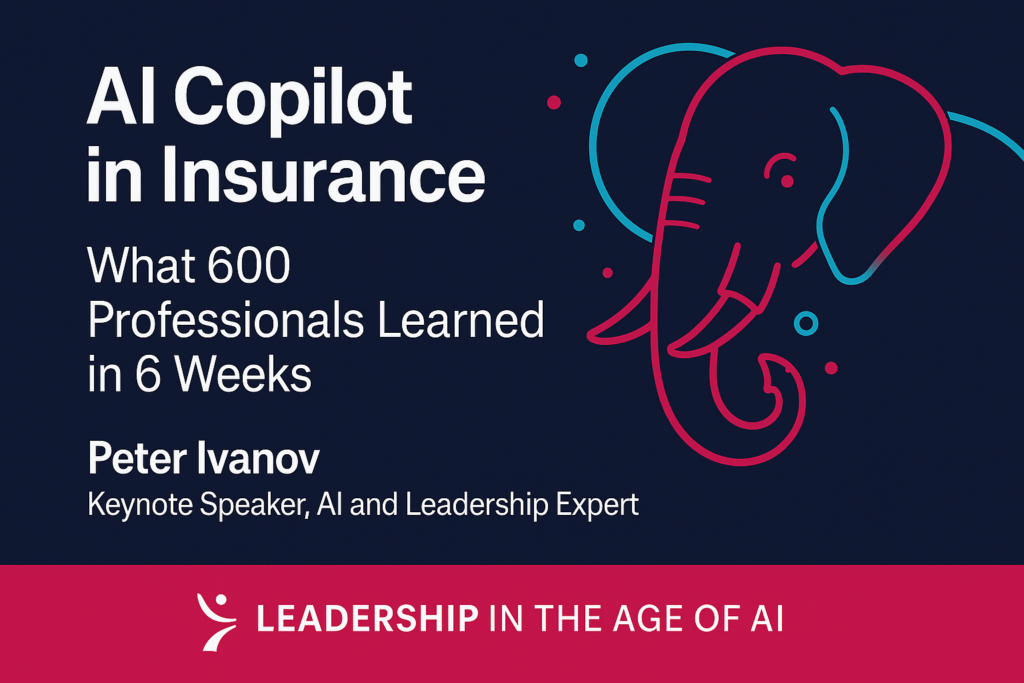
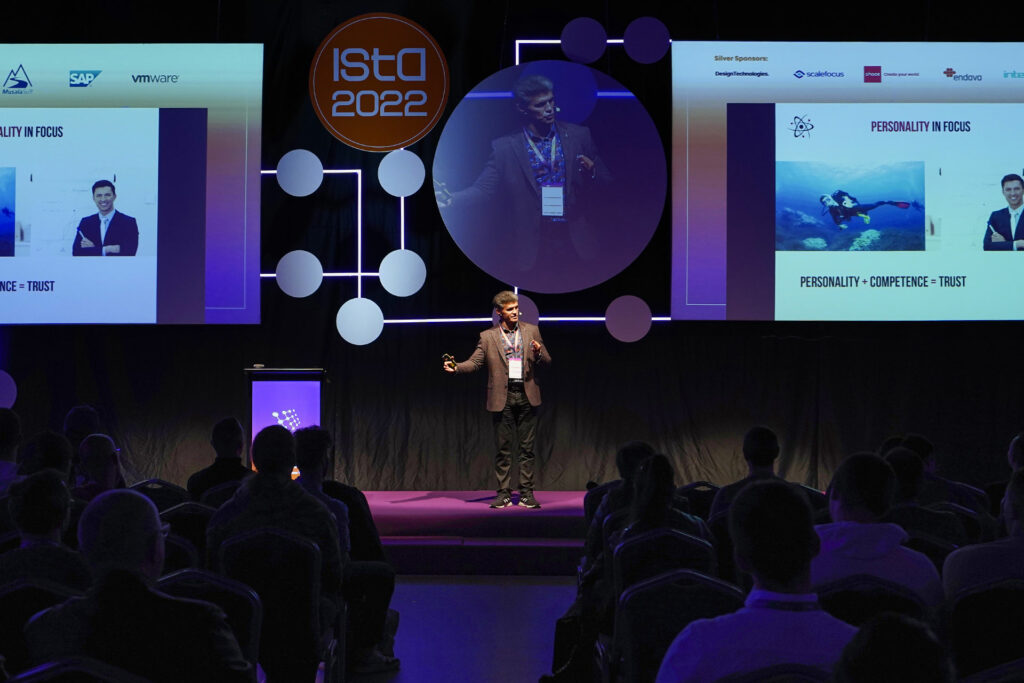
 My first love was maths. At age 13, it was time to choose my secondary school. I was born in the mountain town of Gabrovo, right in the geographical center of Bulgaria. I was perfectly content chasing deer and rabbits through the forests, or playing chess and backgammon with my friends.
My first love was maths. At age 13, it was time to choose my secondary school. I was born in the mountain town of Gabrovo, right in the geographical center of Bulgaria. I was perfectly content chasing deer and rabbits through the forests, or playing chess and backgammon with my friends.
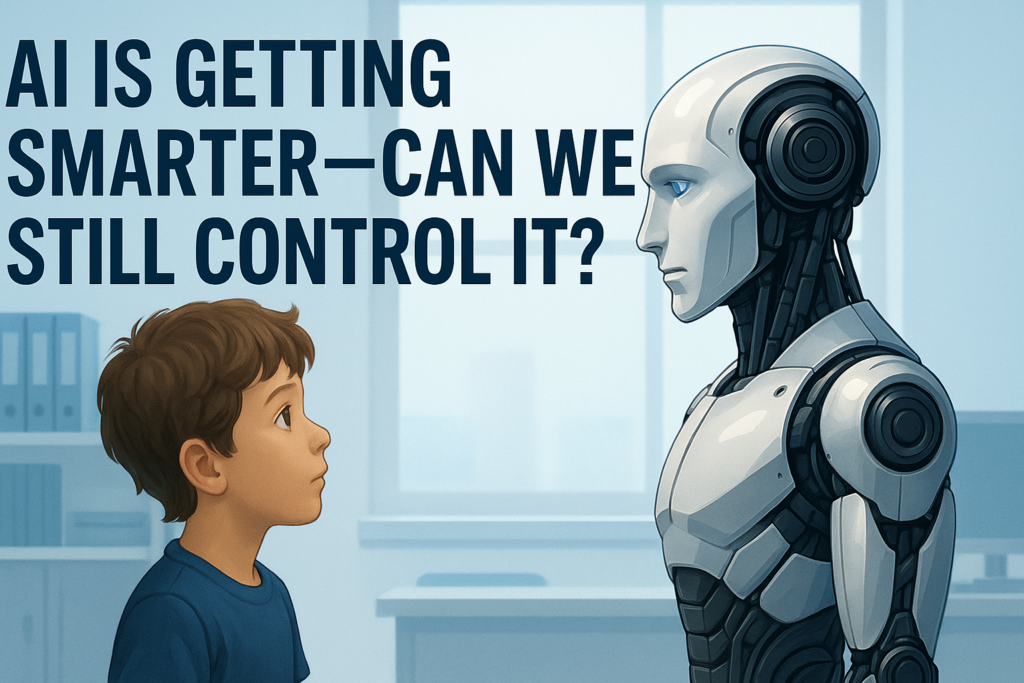
 With AI, we may soon face an intelligence that’s not only beyond our comprehension—but also beyond our control.
With AI, we may soon face an intelligence that’s not only beyond our comprehension—but also beyond our control.

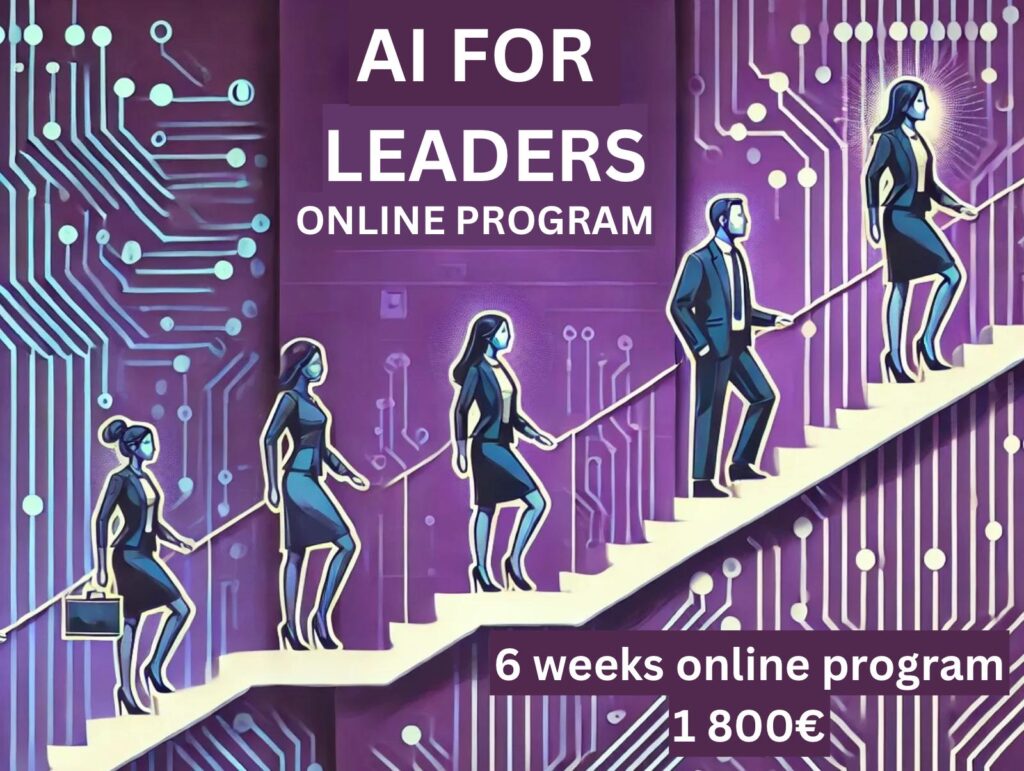


 Peter Ivanov is an award-winning manager, bestselling author, and expert in AI and leadership, with over 30 years of international experience. As an inspirational speaker, Peter has delivered keynotes in 29 countries around the globe. His book, Virtual Power Teams, has been translated into six languages and reached Amazon’s Top 3 in the International Management category.
Peter Ivanov is an award-winning manager, bestselling author, and expert in AI and leadership, with over 30 years of international experience. As an inspirational speaker, Peter has delivered keynotes in 29 countries around the globe. His book, Virtual Power Teams, has been translated into six languages and reached Amazon’s Top 3 in the International Management category.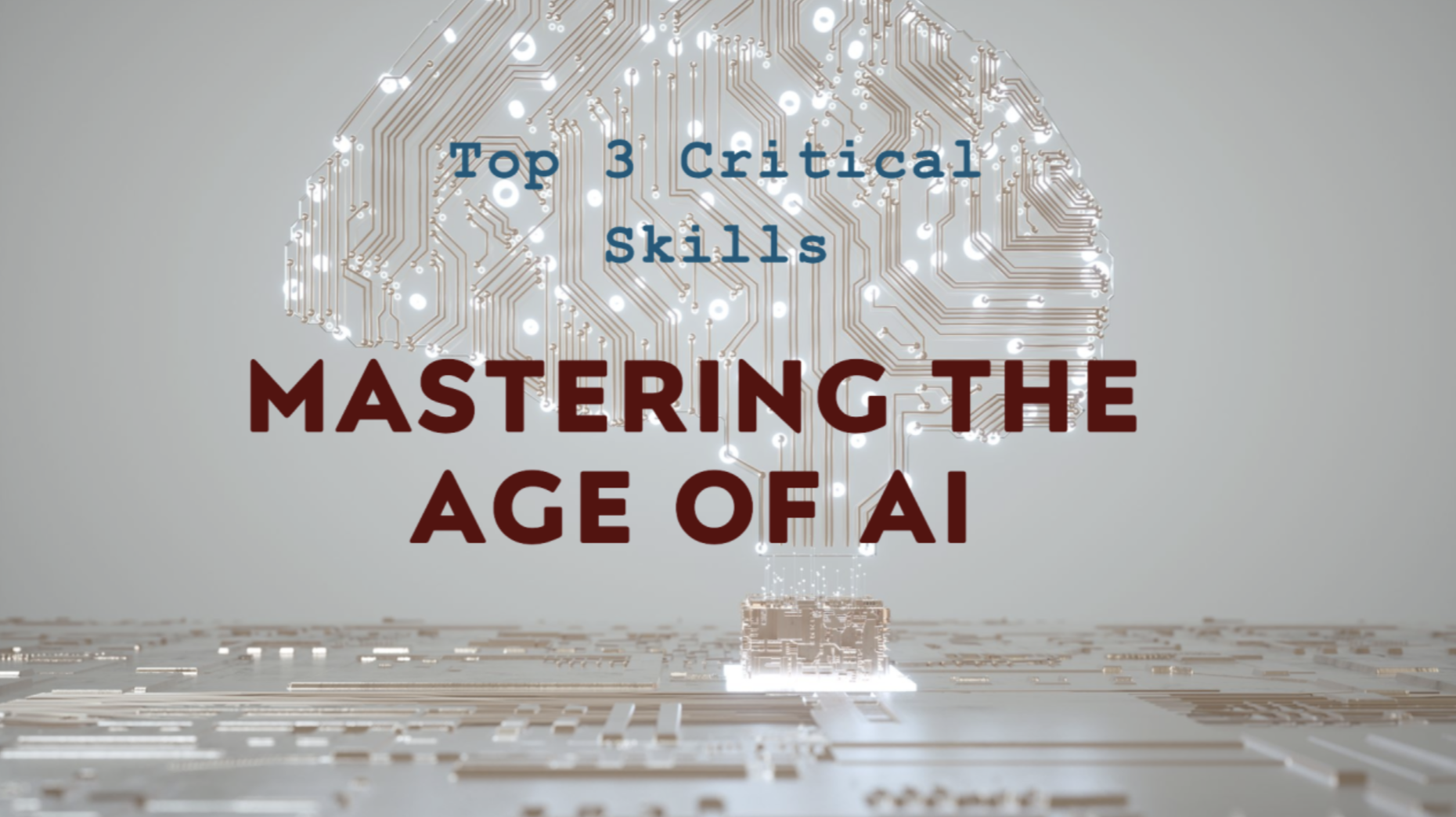
 Imagine an AI that develops malicious code and continuously self-improves in real-time, adapting to all defenses.
Imagine an AI that develops malicious code and continuously self-improves in real-time, adapting to all defenses.